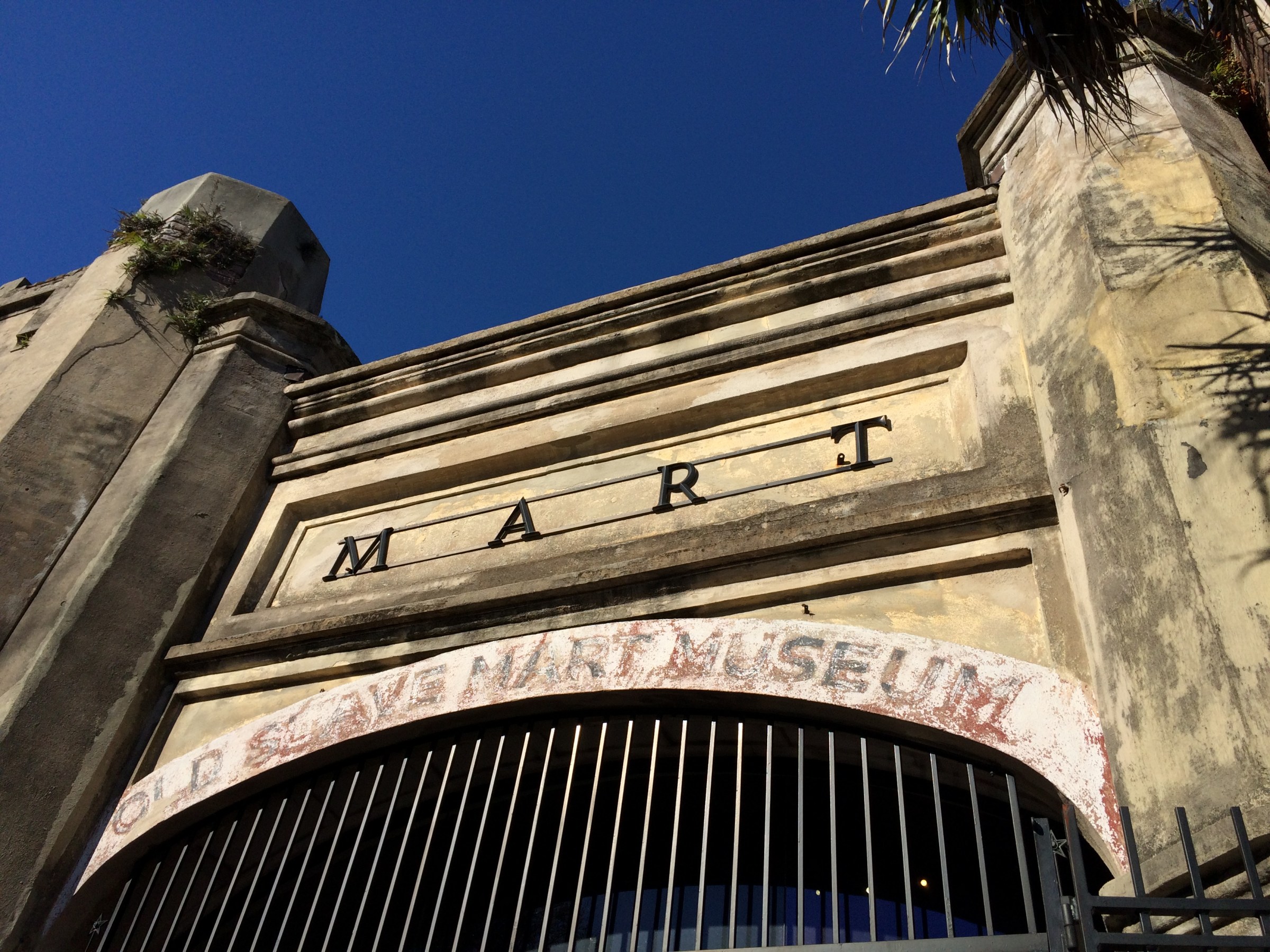Slavery History in Charleston

It’s hard to talk about the history of the Holy City without mentioning slavery in Charleston. The city was a key port that was responsible for the sale and transport of enslaved African Americans to all other major cities in the U.S.
Charleston is known for its lush plantations — many of which you can still visit. Yet thousands of men and women who worked these plantations did so under the harshest of conditions and paid the price for the prosperity the plantation owners enjoyed.
Known as Ellis Island for African Americans, South Carolina now strives to tell the stories of the men and women who built the South while in bondage.
The Slave Triangle: Charleston’s Unique Location
If you’re interested in learning about the history of slavery in the South, Charleston is the best city to start your education. The Port of Charleston was the largest slave port in the United States and most enslaved Africans passed through the city. Nearly half the citizens of Charleston were enslaved before the Civil War.
According to the International African American Museum, “Nearly 80 percent of African Americans can potentially trace an ancestor who arrived in Charleston.”
Slaves were sold at the Old Slave Mart (also known as Ryan’s Mart, thanks to the name of its former owner) and in the streets.
Charleston Plantations
A sale of an enslaved person would generally send the individual to one of three places: a home in the city of Charleston, a plantation, or somewhere else in the U.S.
Magnolia Plantation was home to up to 235 enslaved African Americans at one time. And that number isn’t uncommon. Charleston’s plantations relied on slave labor and many collapsed after the end of slavery in 1865.
Charleston Slave Owners
It wasn’t just plantations that owned slaves, either. Many of Charleston’s slave owners lived in the city itself. Enslaved African Americans performed a variety of jobs, from manual labor to housekeeping to skilled trades. Slaves were often traded or ‘rented’ out to other masters or bosses in the area as well. If an enslaved person worked for someone else, his or her owner would be paid the wages.
Slave Life in Charleston
Slave life in Charleston — as it was throughout the U.S. — was brutal. The city’s enslaved, whether they worked in the city or in the fields, were treated horrendously. They often worked long hours and weren’t permitted to stop until their work quota had been met for the day.
Slave Trade Ends on the Streets
The first visual cue that slavery could be coming to an end (or at least the sale of slaves) was in 1856. In this year, the city made slave sales on the streets illegal, although that was the same day that the Old Slave Mart opened in the city.
Slavery would continue for nearly another 10 years.
The Civil War: the End of Slavery
The end of the Civil War in 1865 marked the ‘official’ end to slavery (though emancipation wouldn’t officially come until a few months later). It was in this year that the 13th Amendment to the Constitution was written, outlawing slavery. Though slavery was abolished at this time, the U.S. still feels the ramifications of slavery today.
The South fell into a recession after the end of slavery. Many of the buildings in Charleston that hadn’t been destroyed in the war were leveled by an earthquake in 1886.
Where to Learn About the History of Slavery in Charleston
If you want to learn about the history of slavery in Charleston, there are plenty of museums and living historical sites to do so. Some of the best places to learn about slavery are where certain events (such as the slave trade and plantation work) actually happened. Couple one or more of these sites with a history museum to get a more holistic overview of the impact of slavery in Charleston.
Although we don’t offer a slavery history tour, many of our Charleston history tours will take you past many sites associated with this era of Lowcountry history.
Old Slave Mart Museum
The best place to start when it comes to the history of slavery in Charleston is the building where many Africans were sold when they arrived in the port city. The Old Slave Mart Museum, also known as Ryan’s Mart, shows visitors the importance of Charleston’s location in the Slave Triangle and the journey of an enslaved person from Africa to America.
This museum does a fantastic job of showing this history, but (as the museum itself states on its website) is not ideal for children — thanks to a large amount of written content on display.
It’s also chilling to stand in the very spot where the fates of thousands of lives were determined and families were separated.
Charleston Plantations
You won’t find many working plantations in Charleston, but you can visit the preserved grounds of some of the city’s once-famous plantations. Each plantation deals with the topic of slavery differently. Some of the plantations seemingly gloss over the topic, while others give the stories of formerly enslaved African Americans ample time and attention.
If you want to enjoy lush grounds and tour a historic plantation house, any of Charleston’s plantations offer programs appropriate for both adults and children. Yet, if you want to learn about slave life on the plantations, Magnolia Plantation and Gardens and McLeod Plantation both do a great job explaining slave life in the South — without sugarcoating the reality of day-to-day slave life.
Local plantations are an easy day trip from Charleston, SC.
We recommend taking a tour of Charleston’s plantations, especially if you want to learn about slavery in the South. Although none of our public tours go to any of the plantations, you can book a private tour with one of our licensed tour guides if you’d like a more in-depth explanation of the history of these sites.
Charleston Museum
If you want to get an overview of slavery in Charleston or simply to fill in any gaps left by visiting a plantation or the Old Slave Mart, the Charleston Museum should be the next stop on your tour.
The museum houses exhibits on the harsh working conditions, including what life was like for children on plantations.
This is a great resource to teach children about slavery in the Lowcountry. It’s one of the best budget activities in the city and a great stop to add to your “Charleston on the cheap” must-do list.
Charleston Alleys and Passages
Charleston’s back alleyways and passages are a network of walkways that have been used by both the wealthy society and the city’s lower classes, including the enslaved.
When you walk down these alleys, you’ll find intricate gatework that was hand-crafted by African American iron artist Phillip Simmons, one of Charleston’s most prominent blacksmiths.
Simmons’ ornamental ironwork is some of the best in the city, as well as the U.S.
You can see some of these gates on our Alleys and Hidden Passages Tour.
Future of Slavery History: International African American Museum
The International African American Museum opened in June 2023.
It’s a hub for African American history throughout Charleston and tells the story of the 150,000 enslaved Africans who passed through the city’s harbor.
The museum features both permanent and temporary exhibitions, all of which tell the history of how Africans and African Americans have shaped both Charleston and the U.S.
There are 12 permanent exhibits in 9 galleries, as well as special exhibitions and digital exhibitions.
